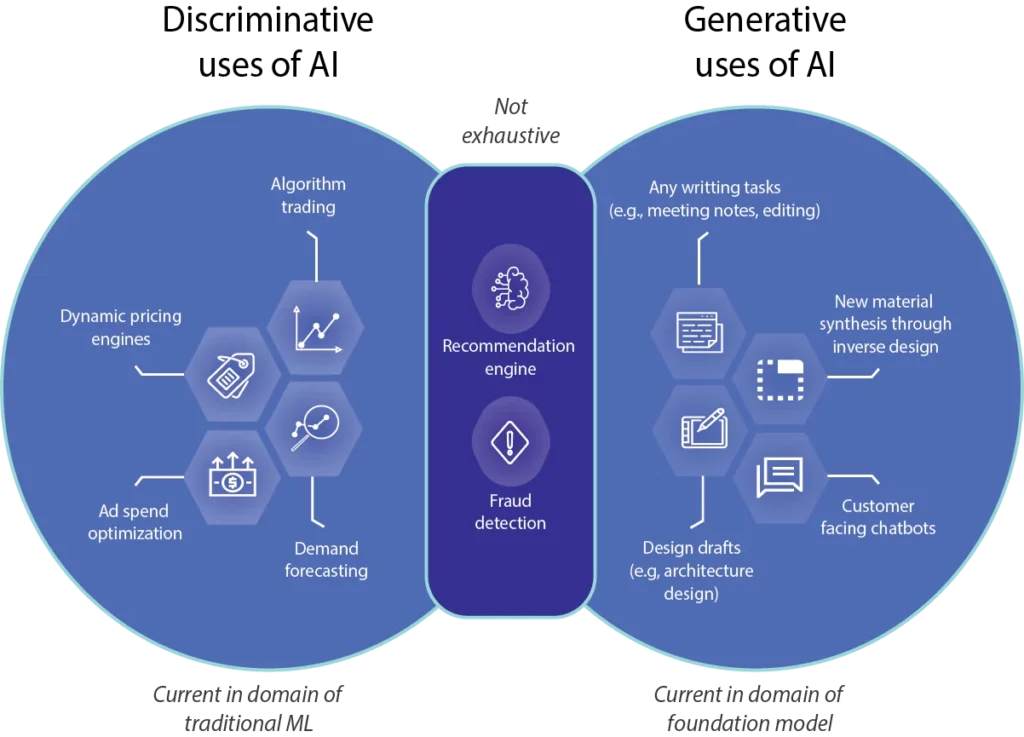DroppGroup, a leading generative digital media developer, announced an extension of its collaboration with UC Berkeley’s Launchpad organization, according to the information shared with Finbold on April 2.
The collaboration now focuses on developing a benchmarking framework for droppGroup’s Generative Media Intelligence (GMI) system, which generates multimedia content driven by artificial intelligence (AI), including 3D models, XR experiences, and metaverse environments.
This framework will enable standardized evaluation of droppGroup’s GMI system based on factors such as performance, safety, efficiency, and user interaction.

Generative digital media firm droppGroup has just announced the expansion of its partnership with the Launchpad program at UC Berkeley. The partnership aims to develop an evaluation framework for droppGroup’s Generative Media Intelligence (GMI) system, which includes 3D models, XR experiences, and metaverse settings.
Generative digital media firm droppGroup has just announced the expansion of its partnership with the Launchpad program at UC Berkeley.
The partnership aims to develop an evaluation framework for droppGroup’s Generative Media Intelligence (GMI) system, which includes 3D models, XR experiences, and metaverse settings. It will be the first framework of its kind, enabling a standardized evaluation of the GMI system based on different criteria, including performance, safety, efficiency, and user engagement.
Table of Contents
Growth of the Generative AI Industry
The AI market is expected to grow to roughly $52 billion by 2028, up from $11.3 billion in 2023. Recent developments in Generative Media Intelligence and large language models (LLMs) have contributed greatly to this growth, with GMI reshaping the production of media content and LLMs improving text-based applications.
The droppPhygital platform, developed by droppGroup, uses GMI with its proprietary technology, droppaMiGO, to turn simple inputs into highly detailed 3D models and immersive digital environments.
This departure from the status quo signals the arrival of an AI-driven paradigm that streamlines the development of intricate, and interactive digital materials. Because this change makes creating digital material easier and faster, it could affect different industries, such as e-commerce, education, gaming, and entertainment.
The generative AI industry is experiencing explosive growth, with predictions of a significant increase in market size over the next decade. Here’s a breakdown of this exciting trend:
Current Landscape:
- Rapid Growth: Market research suggests a consistent growth rate of 10-20% per year until 2030. This follows a staggering 100% growth from 2021 to 2023.
- Market Size: Estimates suggest the global generative AI market was valued at around $45 billion in 2023 and is projected to reach over $967 billion by 2032.
Driving Forces:
- Technological Advancements: Improvements in AI algorithms and computing power are enabling the creation of more sophisticated and realistic generative models.
- Increased Adoption: Generative AI is finding applications in various fields, including
- drug discovery
- product design
- content creation
- marketing
- Investment Surge: Venture capitalists and major tech companies are pouring resources into generative AI development, further fueling growth.
Future Potential:
- Economic Impact: Studies suggest generative AI could substantially increase labor productivity across the economy.
- Disruption and Transformation: Generative AI has the potential to disrupt and transform various industries, requiring adaptation and potentially leading to new job opportunities.
DroppGroup’s generative AI capabilities
The rapidly expanding generative AI market, projected to reach nearly $52 billion by 2028, is primarily driven by large language models (LLMs) and Generative Media Intelligence (GMI).
While LLMs have transformed text-based tasks, GMI is revolutionizing media content creation with tools that can help users realize their visions in unprecedented ways.
Within droppaMiGO, its proprietary system, droppGroup’s droppPhygital content generation platform leverages GMI to transform simple inputs like images into complex 3D models and immersive digital environments.
Such technology allows for the creation of interactive and dynamic digital assets suitable for digital marketplaces, gaming platforms, or virtual reality, significantly reducing the time and expertise required for content creation.

A content creation paradigm shift
Transitioning from traditional digital content creation to an AI-driven approach marks a transformative paradigm shift.
The ability to generate interactive digital assets on demand has profound implications for gaming, entertainment, education, and e-commerce, reshaping how we engage with digital content.
doppGroup’s collaboration with UC Berkeley not only addresses the standardization gap arising from such a shift but also establishes a systematic approach to evaluating generative AI capabilities
Christopher Kelly, President & Co-Founder of droppGroup, emphasized the significance of the partnership, stating:
“This partnership exemplifies the powerful outcomes achievable when academic research and industry innovation converge. Combining UC Berkeley’s academic excellence and research capabilities with droppGroup’s cutting-edge technology and real-world applications, this collaboration is set to push the boundaries of what’s possible in AI and machine learning. It demonstrates a successful model for how such collaborations can accelerate technological advancements and applications in society.”

By establishing benchmarks for AI systems’ ability to convert textual inputs into 3D models and environments, the partnership sets a new standard for AI technology development and evaluation.
The project will commence in Q1 2024, with a detailed timeline spanning from February to the final deliverable in May 2024.
Establishing a Benchmarking Standard
A major gap that has prevented generative AI systems from being quantitatively evaluated is the lack of a standardized benchmark for autonomous 3D content creation and environment modeling.
To try and tackle this problem and provide a standard for these assessments, droppGroup is working with UC Berkeley’s Launchpad. They believe this is the first step towards providing rigorous evaluations of generative AI capabilities and encouraging innovation in the field.
These kinds of collaborations show how academic research and business innovation may work together better. It also shows how research and academic knowledge may supplement tech developments driven by businesses, which might speed up the development of AI and ML for social purposes.
This initiative also aims to provide new benchmarks for the development and assessment of AI technology by offering a systematic method for evaluating advancements in the industry.
This project could help with paving the way for more advanced digital media production by developing standards for assessing AI-generated material.
Starting in the first quarter of 2024, the initiative will expand upon an earlier collaboration that sought to improve droppGroup’s technological stack by combining the two companies’ machine learning and artificial intelligence capabilities.
Potential Effects of Creating a Benchmarking System
A new benchmarking system could potentially change the blockchain space, for example, it could encourage companies to find new methods of generating digital content. It can also influence how new projects are evaluated.
The initiative’s standardization of progress evaluation methodologies may result in improvements to the accessibility and efficiency of digital content creation, spurring innovation across sectors.
In addition to creating the framework for global best practices, this action has the potential to impact future ethical and legal standards for AI technology. The increasing relevance of GMI systems underlines the shifting role of AI in creative processes, making future digital content more interactive and immersive.
This approach may spark new firms and university research into GMI and related fields, providing a springboard for future industry R&D. Setting certain criteria may serve as a roadmap for innovation, sparking a flurry of new activities with the common goal of fulfilling or exceeding them.
The initiative can help explain artificial intelligence to folks who are unfamiliar with the concept. By providing clear criteria for evaluating GMI systems, the cooperation has the potential to improve public knowledge of AI’s processes and benefits, resulting in a more informed conversation about the technology’s role in society.
Working together, droppGroup and UC Berkeley’s Launchpad contribute to this body of work, emphasizing the need of collaboration in realizing AI’s full creative and practical potential.
Disclaimer ||
The Information provided on this website article does not constitute investment advice ,financial advice,trading advice,or any other sort of advice and you should not treat any of the website’s content as such.
Always do your own research! DYOR NFA
Coin Data Cap does not recommend that any cryptocurrency should be bought, sold or held by you, Do Conduct your own due diligence and consult your financial adviser before making any investment decisions!



